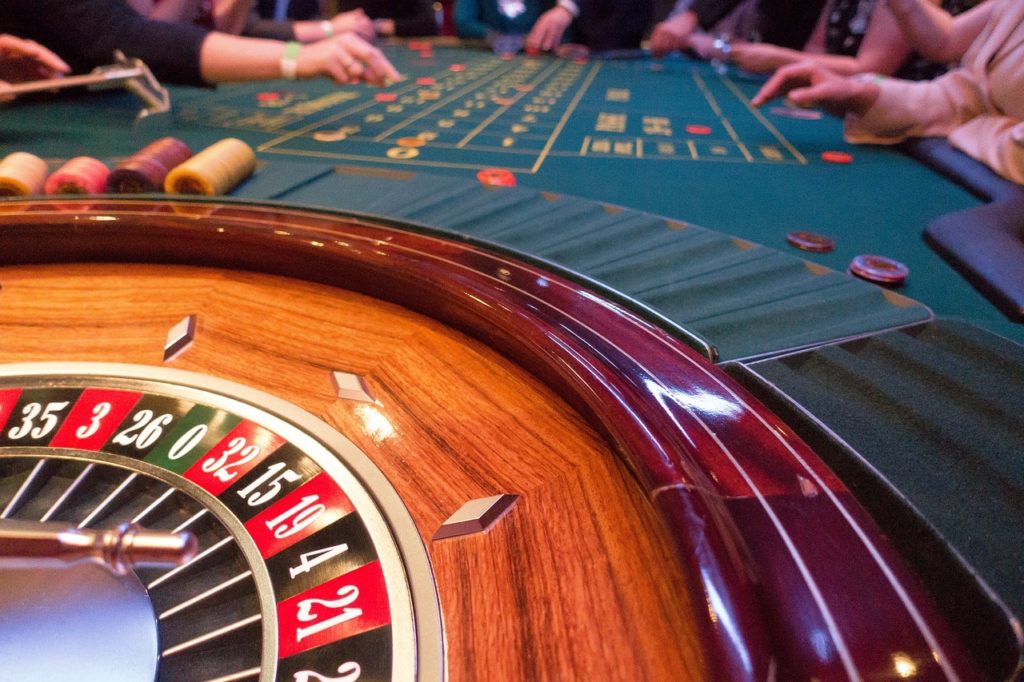The law of large numbers is a probability theory in mathematics that describes the result of performing the same experiment a large number of times. This theory establishes that as the number of trials for testing some probabilistic outcome increases, the average of the obtained results becomes closer to the expected value. In simpler terms, the more measurements you have in your sample, the more confidence you have in your results.
Perhaps the simplest way to understand the law of large numbers is to take a look at an example of a standard unbiased evenly weighted coin toss. All things being equal, toss the coin and there is an equal 50% chance that it lands on heads and a 50% chance that it lands on tails. However, if you toss the coin just a number of times (say, 10 times), there is a higher probability that results will not be equal to 50/50. Nevertheless, thanks to the law of large numbers, the more tosses you produce (ex: 10,000), the closer the average outcome will be to 50%.
The law of large numbers is used by individuals, corporations and organisations in different fields in our everyday life. Some examples:
- Statisticians use the law of large numbers in order to calculate and predict events after analysing large amounts of data.
- Scientists can calculate the results of an experiment carried out multiple times in order to test theories and make forecasts and estimates which can help uncover ground breaking discoveries or to come up with cures for illness or diseases.
- Insurance companies use the law of large numbers to lessen their risk of loss by pooling a large number of people together in an insured group.
- Casinos, lotteries and betting agencies know that their house edge will always prevail in the long-run even if a few players win big in the short-run.
Casinos exist based on the law of large numbers with each game having a house edge built into it.
Typical house edges:-
Blackjack – 0.75%
Baccarat – 1.2%
Craps – 1.4%
Roulette – 5%
Slot machines –10%

So, from the example above, we can estimate that for every €100 spent on the roulette table, the casino is looking to pocket approximately €5 of profit.
Being aware of the law of large numbers helps us to understand that likely or unlikely events often happen when a large number of specific circumstances play out. Even “black swan” events that are extremely unlikely tend to happen on occasions and also on a regular basis once various permutations take place.
Alternatively, taking a look at our previous coin toss example above, in a sequence of just 10 coin flips, it is unlikely to flip a coin 10 times with the result being 10 straight heads in a row. However, it is highly likely to have 10 consecutive heads in a sequence of 10,000 tosses, for example.
With regards to lotteries, if an individual will need to pick out 5 correct numbers from a set of 90 numbers to hit the jackpot, yes s/he will likely earn a life changing sum of money in the millions, but the probability of that happening is more than slim. That probability would be equal to 1 in 5,273,912,160 to be exact. Still people win the lottery and make fortunes on a daily basis.
According to the National Hole-in-One Registry (apparently it exists), the odds of the average golfer making a hole-in-one are 12,500 to 1. However, across the world there are thousands of golf games being played on a daily basis. It is therefore almost inevitable that a player somewhere in the world will manage to score a hole-in-one in any given day.

So what is the correlation between the law of large numbers and how this can help traders in making the correct and profitable decisions in their trading journey?
Suppose, you have a profitable strategy with equal chance of winning and equal chance of losing but each losing trade is just -$1, while each winning trade is +$2. The expected profit per trade would be (0.5) × ($2) – (0.5) × ($1) = $0.50c. After a series of 100 trades, our expected total profit would be equal to $50. That’s quite an impressive return.
Let us take a more modest example. You take trades with a fixed risk to reward ratio of 1:2, therefore again risking $1 every time you lose but winning $2 for every time your trade is correct. Let us assume you have a profitable trading strategy that is correct 40% of the time and therefore you are wrong more often than you are right. Here, the expected profit per trade would be (0.4) × ($2) – (0.6) × ($1) = $0.20c. After a series of 100 trades, you are still expected to make a total profit of $20 – even though you are wrong the majority of the time.
In the words of arguably the most successful forex trader in the world, George Soros, “It’s not whether you’re right or wrong that’s important, but how much money you make when you’re right and how much you lose when you’re wrong.” This confirms that after a large enough sample size, it is still possible for a trader to be wrong a majority of the time whilst still being profitable.
That’s not to say that there do not exist trading strategies in which winning trades exceed losing trades or that it is impossible to make money if one is willing to risk more than he is willing to gain, provided that s/he has an appropriate win ratio to compensate.
It is still also possible to have a trading strategy which is anticipated to return a positive expected value (therefore profitable) in the long-run but will not necessarily produce positive returns in a given sample size if it is not necessarily large enough. In the same way that in a sequence of 100 fair coin tosses there may be 43 heads and 57 tails, a profitable trading strategy might still not be profitable after the first 100 trades but will be in profit after, say, 140 trades.
Another thing to keep in mind is the possibility of winning and losing streaks. In trading, it is often possible to have clusters of winning trades and clusters of losing trades, and we don’t know when these clusters will appear. With a relatively favourable trading strategy, winning and losing streaks tend to even out in the long-run. That is why it is important to look at trading with a view of the long game. Winning streaks come and go so one should not get carried away by winning streaks or think that everything is lost (provided one has a sound and stable trading strategy) during losing streaks.
There are also some things to consider thanks to this law of large numbers.
When backtesting strategies to see if they work or not, it is important to do so on a scale of a significant amount of trades. The longer the time period and the more test trades the better. It is possible for a trading strategy to be profitable in a period of six months or even a year but test it for ten years (for example) and you’d know if it is a decent strategy or not. It is possible to test 20 trading situations which would indicate a positive return but will the same strategy play out after 1,000 trades?
In practice, it is always preferable to seek out strategies in which one trades more “frequently”. That is not to say that one should seek to overtrade. That is a recipe for disaster! But the law of large numbers suggests that an individual is more likely to get consistent results the more trades that are taken. This also implies that for those who take less trades, it is important not to get disheartened when things aren’t going in their favour. If one has tested his/her strategy over a long period but on larger timeframes, taking but a few trades per year, it is still possible to make money over the long-term despite making losses in the space of a few months or a year. For example, if a live trader is a long-term currency trader focusing on the daily timeframe and only taking one or two trades per month, it is plausible for said trader to have a losing year even if that trader has been producing profits using this same strategy for the past 25 years. Again, one would need to look at things at a larger view.
To conclude, provided that our trading strategy is proven to have a statistical edge, it would be wise to let the law of large numbers work in our favour. We need to enter trade after trade, over and over again, without changing the underlying parameters.
Keep in mind, no matter the expectancy of our strategy, trades are randomly distributed. Whether our last trade was a winner or a loser is completely irrelevant. It has absolutely no bearing on the outcome of our next trade. Although the outcome of one single trade is completely random, the good news is that over the course of a large number of trades, there exists statistical order with any favourable strategy.

